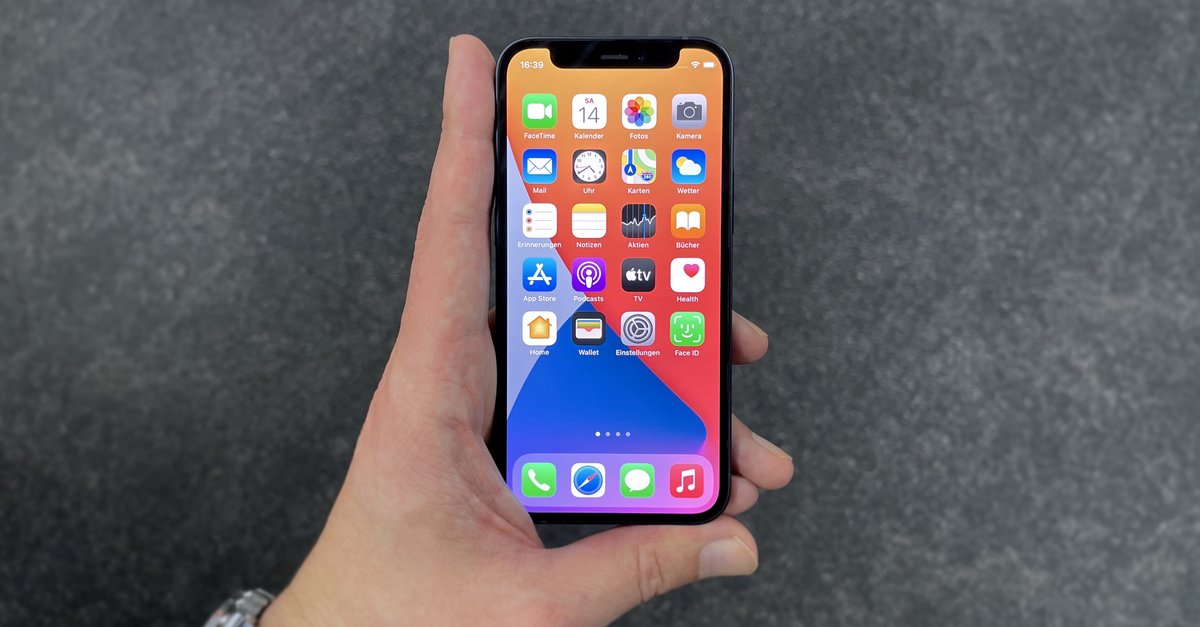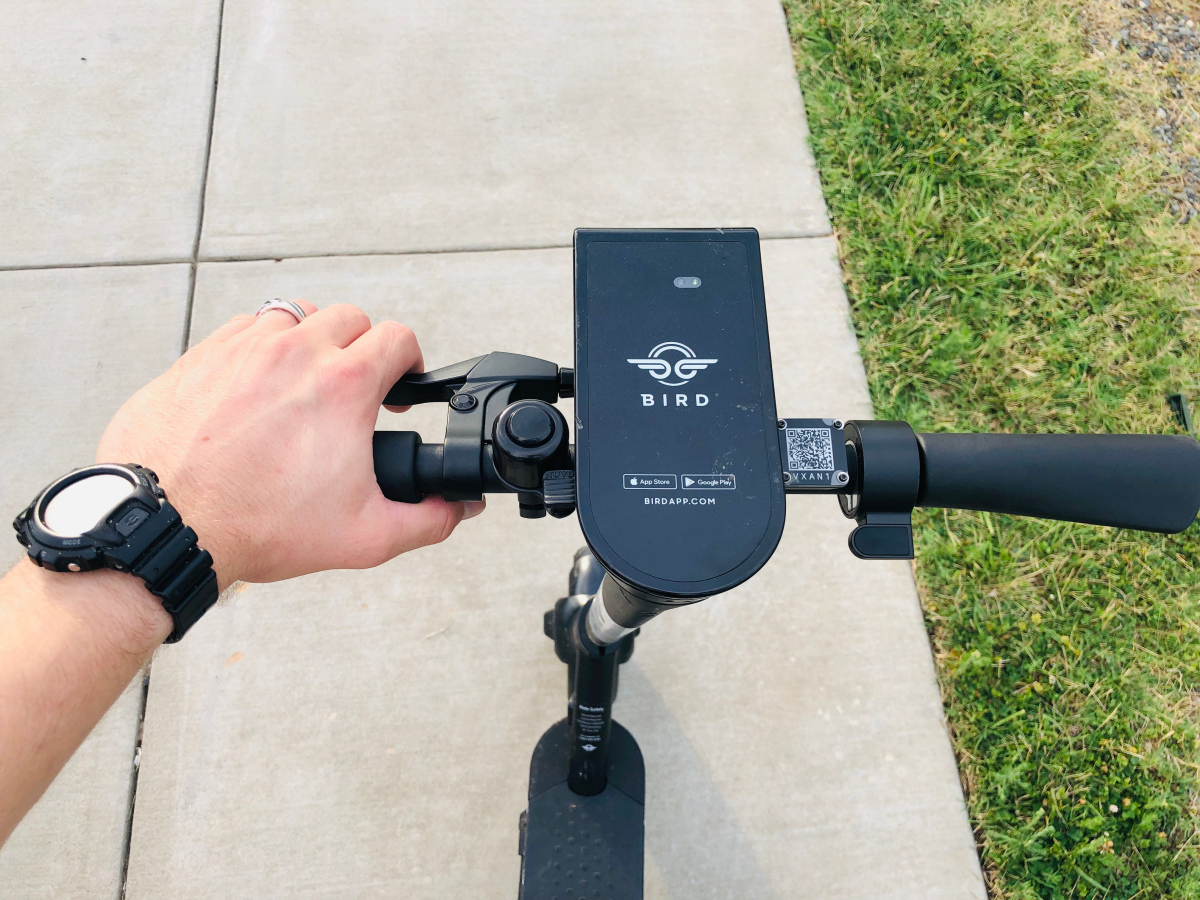How much does a battery charge cost you?
The energy crisis has prompted a rethink in many areas. In particular, the focus is on electricity and water consumption. But what about devices that we use every day and charge regularly? We show you how high the costs are if you want to charge your smartphone.
The smartphone has become a daily companion for many people. In Germany the number of smartphone users in 2021 was around 62.6 million. Just two years earlier, in 2019, it was 57.7 million. The number is likely to have increased further in the meantime.
According to forecasts, the number of smartphone users worldwide could climb to 4.5 billion in 2024. In 2020 it was still 3.6 billion.
But with the number of smart devices used, the power consumption also increases – and with the currently rising electricity prices, this can have a critical impact on your electricity bill.
Contents
This is how you calculate the cost of charging your smartphone
If you want to calculate the cost of charging your smartphone, you need some numbers. The most important thing is your current electricity price – i.e. the cost of one kilowatt hour.
The battery capacity of your smartphone and the efficiency are also important – i.e. the amount of energy that is lost during charging. The average efficiency can be estimated at 20 percent. This results in a factor of 1.25 in the formula.
Once you have all of these values, you can use the following formula to calculate the costs of charging your smartphone.
Electricity price x battery capacity x efficiency = cost of charging the smartphone
You should note that
If you want to determine the battery capacity of your smartphone, just take a look at the technical data of your device. If you can’t find it, a short query via the search engine is often sufficient.
However, you should make sure that you use the information in kilowatt hours for your calculation. Battery information can often be found in milliampere hours.
If your smartphone manufacturer specifies the battery capacity in watt hours, you should convert it to kilowatt hours. You do this by dividing the number by 1,000. This is how your electricity price and battery capacity fit together in your equation.
For your calculation, you should also keep in mind that the example calculation refers to a charge from zero to 100 percent. The result fluctuates, for example, if your battery was not completely empty or you do not fully charge it.
So you can save electricity when charging your smartphone
If you have charged your smartphone, you should also pull the plug out of the socket. If you use a junction box, you should switch it off. This way you can avoid unnecessary power consumption.
You should also make sure that your power supply does not get unnecessarily hot when you charge your smartphone. Because of the resulting heat, energy is lost that does not end up in your cell phone battery.
Even more energy can also be lost with wireless charging. However, this depends on the quality of your charger. The problem with this type of store is how it works. Because the charger generates a magnetic field via a coil – the counter-coil in the smartphone can absorb the current.
You can charge your cell phone without direct contact with the charger. However, the further away your smartphone is from the charger, the more energy is lost. Therefore, the efficiency in your calculation is also higher here.
Also interesting:


